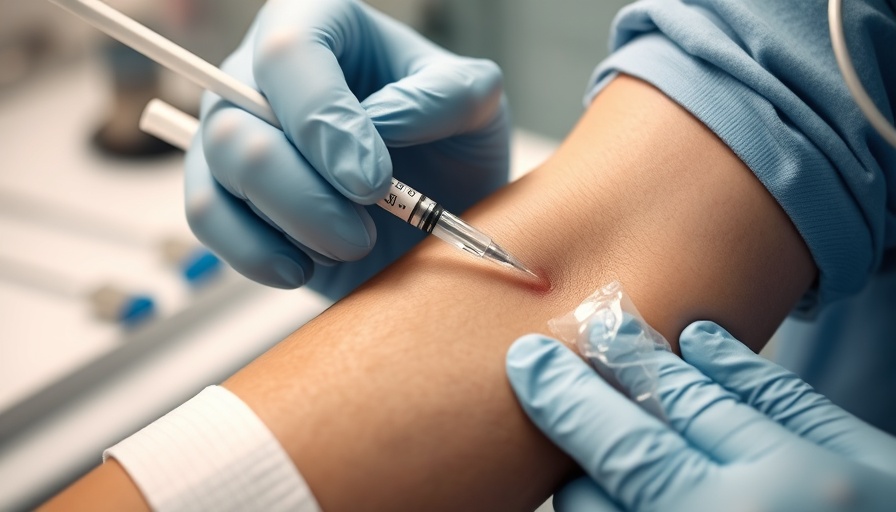
Understanding Liquid Biopsies: Revolutionizing Cancer Clinics
As the landscape of cancer detection continues to evolve, liquid biopsies are emerging as a promising tool in the fight against this deadly disease. Unlike traditional biopsies that require invasive procedures to sample tissue from tumors, liquid biopsies analyze blood samples for indications of cancer, allowing for earlier detection and treatment options. Yet, the trade-offs associated with these tests invite both excitement and caution among health professionals and patients alike.
The Promise and Limitations of Liquid Biopsies
During a recent panel at Health Journalism 2025, experts gathered to discuss the advancements and hurdles of liquid biopsy technology. Jared Fischer, an assistant professor at Oregon Health & Science University, highlighted some successful applications of these tests, such as the recently FDA-approved Shield test for colorectal cancer and the multi-cancer detection Galleri test. But the allure of liquid biopsies is tempered by their limitations, particularly regarding accuracy and the implications of false positives.
Why Does Accuracy Matter?
In the realm of cancer detection, accuracy is paramount. No one wants to endure the emotional and financial burden of unnecessary follow-up tests like MRIs and ultrasounds. During the panel, Jose Montoya Mira pointed out that while some tests boast high cancer detection rates, like the 85% success of the experimental PAC-MANN test for pancreatic cancer, their effectiveness can vary considerably when applied to a broader population. In fact, testing the general public could lead to many false positives, forcing thousands to undergo costly further testing without any actual diagnosis of cancer.
Who Benefits and Who Pays? The Economics of Liquid Biopsies
The economics surrounding liquid biopsies poses a significant challenge. Montoya emphasized the need for targeted approaches to screening populations at risk for specific cancers to maximize efficacy and minimize unnecessary costs. Analyzing the business side, he noted that while broader screening could yield a mix of true positives and false alarms, it might not be financially sustainable for companies unless the market for such tests expands substantially.
A Future of Potential: Where Do We Go from Here?
Despite the hurdles, the future of liquid biopsies appears bright. There is a collective hope that ongoing research and innovation can address current limitations and ultimately lead to a transformation in early cancer detection. As patients and advocates push for increased access to these technologies, it’s essential to maintain an informed perspective on what these tests can realistically offer.
Supporting a Healthy Lifestyle: Nutrition, Fitness, and Mental Well-being
While advancements in cancer detection are crucial, they are just one facet of a holistic approach to health. Incorporating nutrition, fitness, and mental well-being into one's lifestyle can significantly influence cancer risk. Eating nutrient-dense foods, engaging in regular exercise like cardio or resistance training, and managing stress through mindfulness and meditation can foster a healthier body, possibly mitigating cancer risk. Community initiatives promoting these habits are vital, reinforcing the connection between overall wellness and cancer prevention.
The Human Impact of Cancer: Personal Stories
Beyond statistics and medical advancements, the face of cancer is profoundly personal. Stories of individuals battling cancer highlight the significance of innovations like liquid biopsies. Their journeys underscore the real need for accessible, reliable cancer detection methods—lives depend on it. These heartfelt anecdotes serve as powerful reminders of why advances in medical technology matter.
Take Action for Your Health: Embrace a Wellness-Centered Approach
As researchers and health professionals continue to explore the potentials of liquid biopsies, consider taking proactive steps toward your health. Prioritize wellness by incorporating nutrition, exercise, and mental well-being into your daily routine. Participate in local health initiatives or workshops; every small step contributes to a larger community focus on preventative health.
 Add Row
Add Row  Add
Add 




Write A Comment